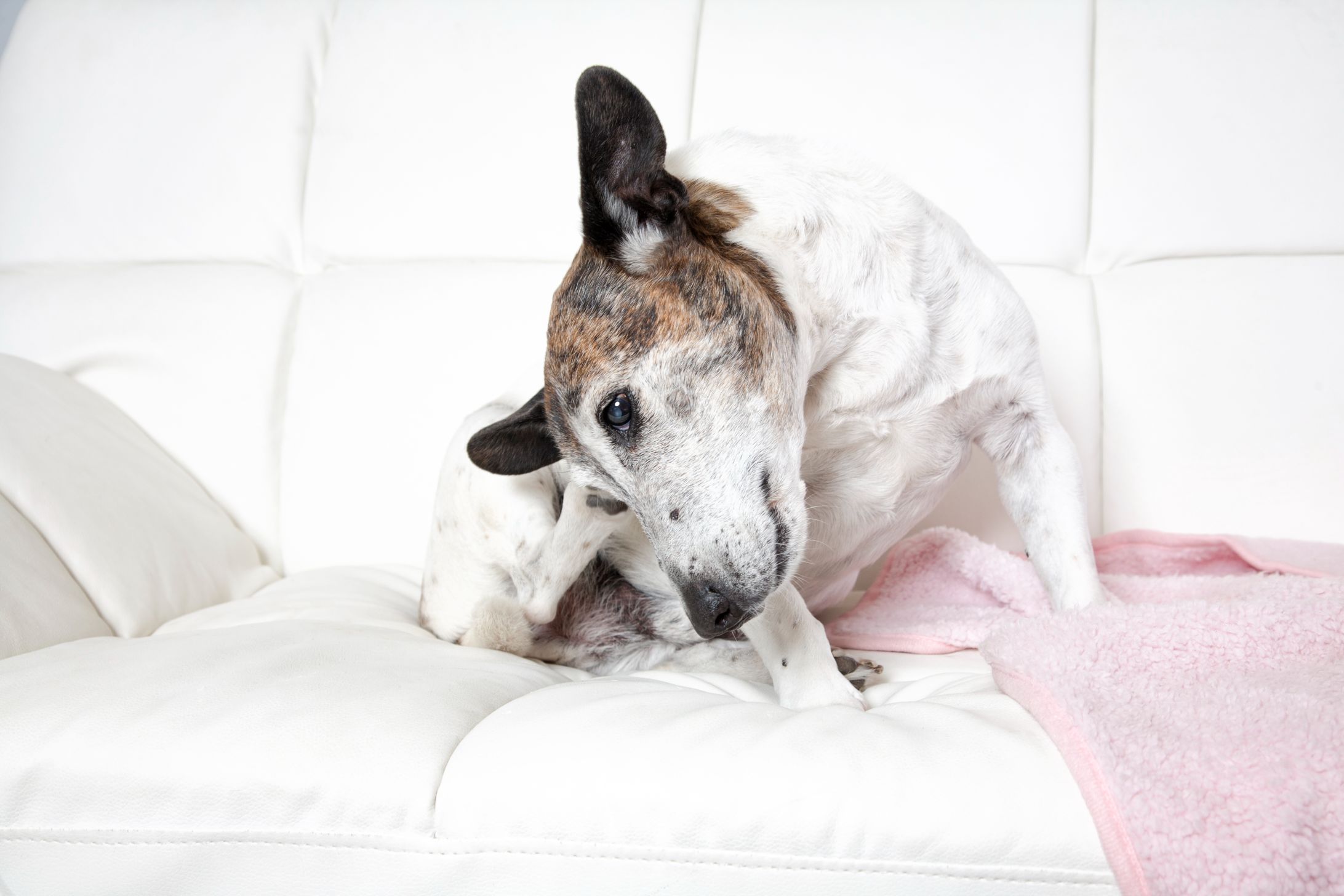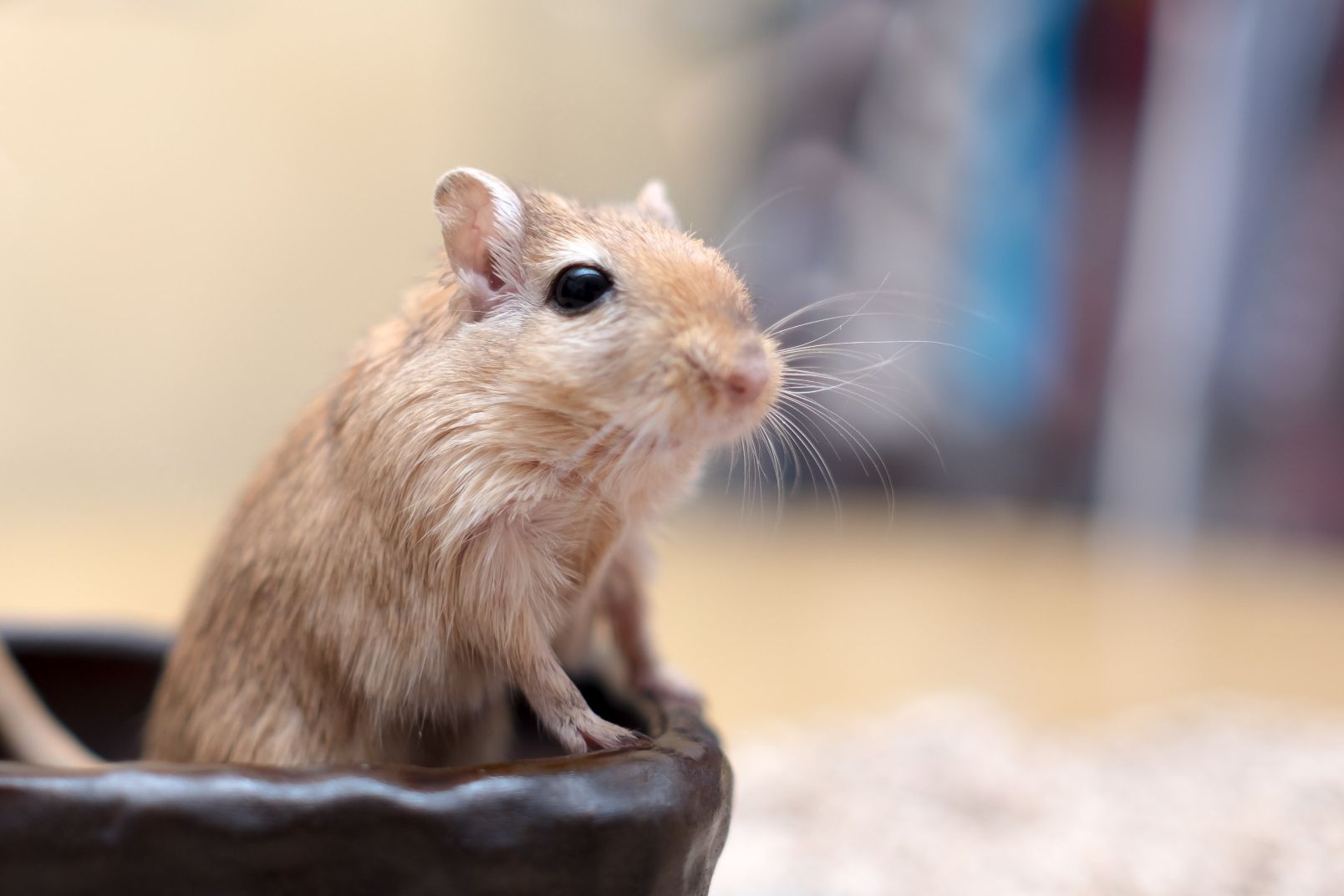
Asthma is a chronic disease affecting the airways of the lungs, making it harder to breathe. An estimated 25.7 million Americans have asthma, 1.8 million of which are children.
Cats can suffer from asthma too, causing symptoms ranging from mild respiratory distress to life-threatening asthma attacks requiring hospitalization. Cat asthma is thought to be the result of an allergic reaction to inhaled particles, and can affect cats of any age (although most cats develop asthma between 4-5 years old).
Clinical Signs of Cat Asthma
Cats with asthma may experience any of the following symptoms:
- Difficulty breathing
- Rapid breathing
- Wheezing
- Coughing or hacking
- Open mouthed breathing
- Vomiting
Your veterinarian will diagnose cat asthma using your cat’s health history along with diagnostic testing. Chest radiographs are often successful in diagnosis, but occasionally more in-depth testing is needed.
Treatment options
If your cat has been diagnosed with asthma, your veterinarian will prescribe a corticosteroid to reduce inflammation in the lungs. Inhaled bronchodilators may also be prescribed, which are an effective way of delivering medication straight to the lungs while minimizing side effects to the rest of the body.
Human asthma sufferers often rely on portable inhalers to deliver metered doses of asthma medicine as needed. Obviously, cats cannot be told when to breathe, but that doesn’t mean they can’t benefit from inhaled medication. If your cat needs an inhaler, your veterinarian will prescribe a specialized device called an AeroKat, designed to fit over a cat’s muzzle and allowing them to inhale the proper dose of medication in 7-10 breaths.
If you’re laughing or shuddering at the thought of your cat tolerating a mask over their face, don’t worry. Getting Kitty used to the inhaler may take some time, but delivering this important medication in a fast and effective way will be well worth the trouble.
- Start by placing the mask over your cat’s face for 2 seconds (without medication) and then rewarding with a treat.
- Repeat 2-3 times per day until your cat is comfortable with the mask, at which point you can begin using the medication.
- Keep your cat on their prescribed corticosteroid during while you train them to accept the mask.
Plan of Action
Cat asthma isn’t curable, but it’s possible to successfully manage the condition and keep your pet comfortable by carefully monitoring your cat’s breathing and stepping in with medication when needed minimizing airborne irritants is also recommended when you live with an asthmatic cat.
- Regularly replace furnace air filters
- Consider using a HEPA filtration system
- Don’t allow cigarette smoke near your cat
- Avoid use of aerosol sprays
- Switch to dustless cat litter
- Vacuum and dust regularly, replace carpeting with hard flooring whenever possible
For more information on cat asthma, don’t hesitate to contact your partners in pet care at Summeridge Animal Clinic.



